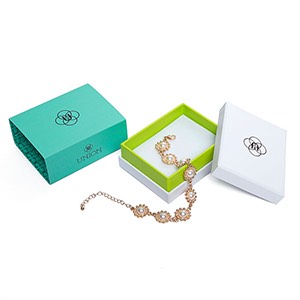You can share
- Share to Facebook
- Share to Google+
- Subscribe to our
- Share to Linkedin
- Share to Twitter

|
|
Looking for an exact price list for resizing a ring? You won't find that here. Or likely anywhere. And here's why: Jewelers must consider numerous factors when determining ring resizing cost, as each element affects the materials needed and the time and effort of the procedure. How Much Does it Cost to Resize a Ring? It could be $20 to resize a ring. Or it could be hundreds of dollars. 
1. How much bigger or smaller it needs to be 2. What metal it's made of 3. How much metal needs to be manipulated 4. How the stones and design elements of the ring will affect the new shape Find out what size ring you actually need with a printable ring sizer. 
Sizing Up vs. Sizing Down Making your ring smaller will almost always cost less than making it larger because there are no costs for added materials. To decrease the size of a ring, jewelers typically: 1. Cut the band in the back. 2. Remove the necessary amount of metal. 3. Solder the two pieces back together. To increase the size of a ring, jewelers can either: 1. Stretch the metal (which many do not recommend in any situation). 2. Cut the band and create a bridge of additional metal to re-join the pieces. The amount of extra material needed directly affects the overall price. Pro Tip: "Don’t resize your ring too often! Your finger can change as much as a half size from day-to-day." - Ben, J. Anthony Jewelers 
In order of least expensive to impossible, here's how various fine metals fall on the cost spectrum: Yellow gold - One of the easier metals to resize. Most inexpensive comparably speaking, but gold prices can be volatile. Sterling silver - Fairly easy to resize. Comparable to yellow gold. White gold - Requires refinishing and a reapplication of rhodium plating (applied to retain the white gold color). Rose gold - Very temperamental. Can crack during resizing. Platinum - Requires its own tools for resizing. Has a higher melting point than gold, creating more work. Titanium - Extremely hard to work with. Some jewelers are not able to resize. Tungsten - Metal is too hard to be resized. Find out how much it costs to insure a ring, too. Thickness This one's simple. The thicker the ring, the higher the price of the resize. More ring = more material. Pro Tip: "See a jeweler with the exact ring you want in order to size it correctly, because a wide band will fit tighter than a thinner band." - Kim, Dream Jewelers The width of the band isn't the only thing that can contribute to its thickness, though. Does your ring have a flat bottom? This is called a european - or euro - shank. Many people like it because it reduces the ability of your ring to spin on your finger. In the case of resizing, a euro shank does add to the cost because the corners add more metal weight. Additional Stones The number, type and location of the stones in a ring will all affect the cost to resize. More stones, more problems - or at least the potential for more problems. The more stones a ring features, the more likely some will need to be moved or adjusted to accommodate the increase or decrease in band. If diamonds, or other gemstones, are set along the side of a ring that needs to be sized smaller, they will need to be retightened, or even reset, because of the change in curvature. Some types of gems are temperature sensitive, and those will need to be removed and reset. If one or more of these conditions applies to your ring, your ring resizing cost will increase. Consult Your Jewelry If your ring needs resizing, it's best to get that taken care of, even if it costs you a pretty penny. No matter how it costs to get a ring resized, it will be cheaper than having to replace the entire piece if it falls off from being too loose or has to get cut off from being too tight. Unsure if your ring fits properly? (It's not as obvious as you think. Most men tend to wear their rings too loose because they aren't used to the feeling of a slightly snug, properly fitting ring.) Take it to your jeweler. They want you to feel secure wearing your rings and will be glad to evaluate your fit. |
|